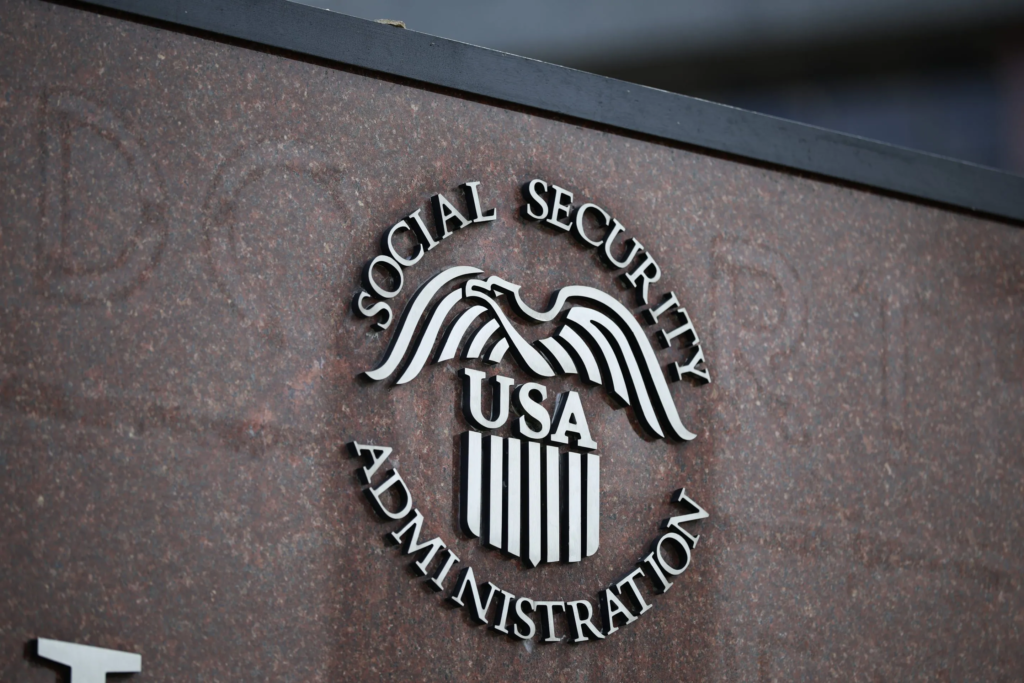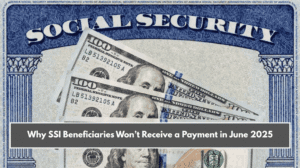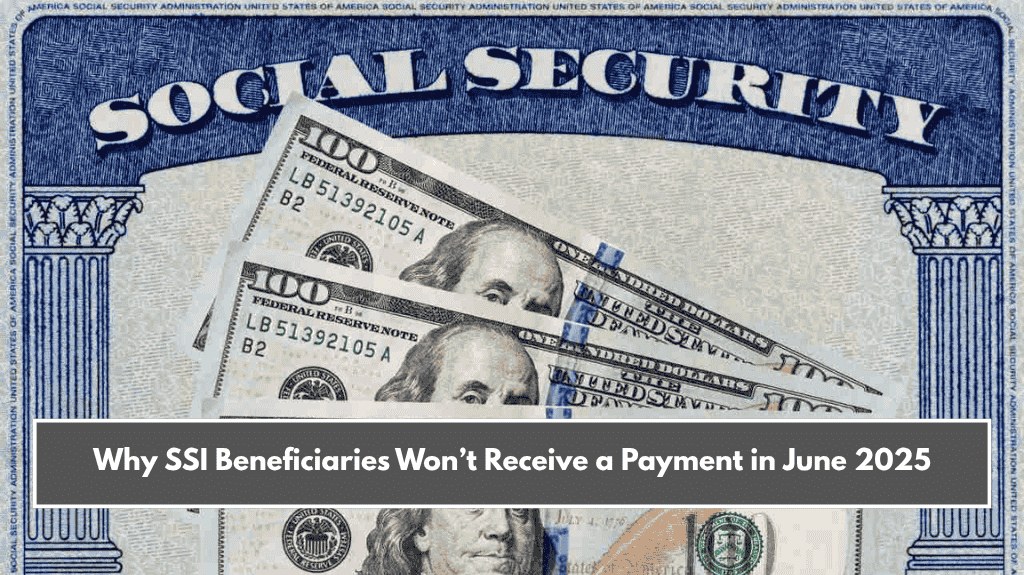This past week, a major scare occurred for millions of Social Security beneficiaries. Many recipients of Supplemental Security Income (SSI) received an alarming message that read, “you will not receive your payment this month.” As you can imagine, this message caused panic, especially for those who depend entirely on these payments to make ends meet.
Fortunately, it turns out the issue wasn’t financial but technological, though for many, the scare was very real. Here’s everything you need to know about what happened, what it means, and how it affects those relying on Social Security.
What Happened?
At the start of April 2025, many SSI recipients logged into their Social Security accounts to check the status of their payments and were met with a message they never expected: “You will not receive your payment for the month of April.” Understandably, this led to widespread concern, particularly for those who rely heavily on their SSI payments for daily expenses.
After an investigation, it was discovered that the issue wasn’t related to finances but rather a technological error. The Social Security Administration (SSA) was experiencing issues with its website, which led to the confusing and concerning message being sent out to beneficiaries. Despite the issue being resolved and April payments still being made, the scare highlighted the vulnerabilities in the Social Security system, especially for those who depend on it most.
What Is the Social Security Administration (SSA)?
The Social Security Administration (SSA) is a federal agency responsible for distributing benefits to people who are either retired, unable to work due to disability, or unable to meet the minimum income to support themselves. The SSA plays a crucial role in supporting vulnerable populations, such as seniors, disabled individuals, and families in need, by providing financial assistance.
What Is SSI?
Supplemental Security Income (SSI) is a government program managed by the SSA. It provides financial assistance to individuals with very low income, including seniors aged 65 or older, people with disabilities, and children with severe disabilities in low-income households. SSI is critical for many people who live below the poverty line and have limited or no other means of support.
Why Was This Issue Concerning?
The SSI program currently supports over 7.4 million people in the U.S., most of whom rely entirely on these benefits for their survival. These individuals typically have limited or no income and depend on these payments for essential needs like food, housing, and healthcare. Therefore, any message from the SSA about payment delays or cancellations is extremely concerning.
This incident occurred against the backdrop of numerous changes affecting the Social Security system. Recent budget cuts, including mass staff layoffs tied to the Trump and Musk administration’s policies, have left the SSA overwhelmed and struggling to meet the needs of millions of beneficiaries. The technological failures and communication breakdowns only add to the uncertainty and frustration faced by SSI recipients.

What Should You Do If You’re Affected?
If you are one of the people who received the alarming message or have faced payment problems, here are some steps to take:
- Check your online account to see if there are any errors or updates that you may have missed. Ensure that your information is up to date.
- If you find no resolution online, you can visit your local SSA office for assistance. Be sure to bring any relevant documentation or proof of income.
- Be patient. Although the issue was caused by a technological glitch, it’s important to stay calm and wait for the payment to be processed. The SSA has acknowledged the error, and these issues typically don’t last long.
The SSA Under Scrutiny
This isn’t the first issue the SSA has faced this year. Many beneficiaries are already frustrated with the policy changes, full repayment of overpaid benefits, and the massive budget cuts that have been implemented in recent years. These changes have left many feeling like their benefits are constantly at risk, and incidents like this only reinforce those fears.
In addition to this recent issue, the SSA has been criticized for its inability to allow beneficiaries to verify their personal information by phone, making it harder for people to resolve issues quickly. The SSA’s responsibility to serve vulnerable populations has been called into question, especially as it faces mounting pressure to cut costs.
What Needs to Change?
This recent scare is a wake-up call for the Social Security Administration. While the SSA has admitted its mistake and worked to resolve the issue, it’s clear that the system needs significant changes. Here are some areas that need urgent attention:
- Better System and Technology: The SSA needs a more robust technological infrastructure to ensure that messages sent to beneficiaries are accurate and reliable. The glitch that caused the April payment scare highlights how vulnerable the current system is.
- More Trained Staff: The SSA, which serves over 70 million users across the U.S., must prioritize hiring and training more employees. Budget cuts have left the agency under-resourced, making it difficult to keep up with the demands of managing millions of beneficiaries’ needs.
- Clearer Communication: The SSA must improve communication with beneficiaries. Clearer messages and updates about payment statuses, as well as the ability to verify information easily, are essential to maintaining trust in the system.
- Empathy and Support: Given that many Social Security beneficiaries rely on these payments as their primary income, the SSA must show more empathy in addressing issues and resolving problems quickly. Changes should prioritize the well-being of beneficiaries and reduce bureaucratic delays.
The Social Security Administration’s recent error in sending out alarming messages about missed payments has caused unnecessary panic among SSI recipients. While the issue was eventually determined to be a technological glitch, it highlighted the underlying problems within the SSA system, such as staff shortages, budget cuts, and technological failures.
Moving forward, the SSA must take immediate steps to improve its systems, communication, and support to ensure that beneficiaries, especially vulnerable populations, receive the services they need and deserve.















